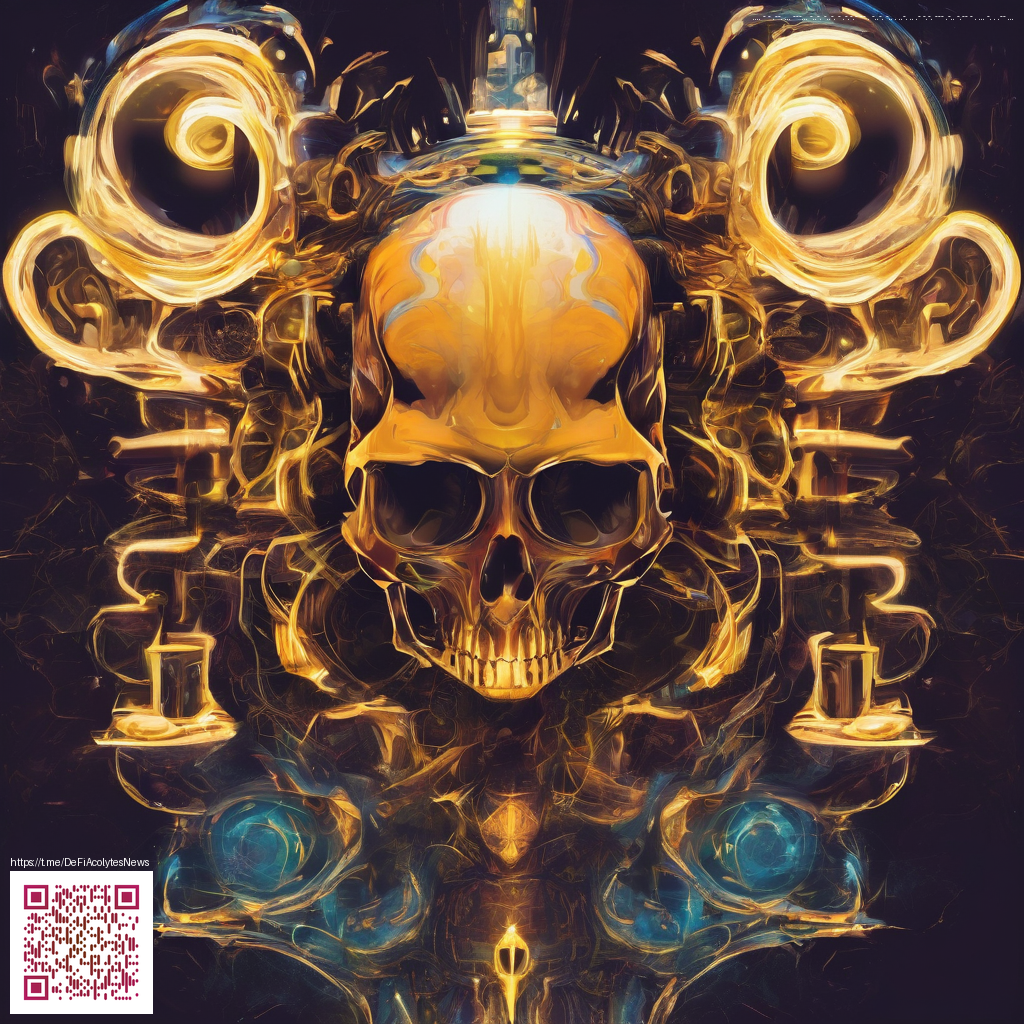
Bridging Classic and Modern Zelda a look at Twilight Princess and the Franchise Evolution
The Legend of Zelda Twilight Princess arrived at a pivotal moment in Nintendo history. Debuting in 2006 on both GameCube and Wii, it carried the weight of a franchise pushing into new hardware while honoring the design sensibilities that defined its early days. The game contrasted a dark, atmospheric world with classic dungeon sensibilities and solid sword play. Its journeys through Hyrule and the Twilight Realm helped frame how a Zelda chapter could feel mature without losing the adventurous spirit players crave. 💠
From a gameplay perspective the title introduced ideas that would become touchstones for later entries. The Clawshots offered a fresh traversal tool that combined platforming with puzzle solving, enabling Link to reach elevated areas and grapple across gaps in ways that expanded the pacing of exploration. The partnership with Midna introduced a narrative dynamic where companionship and trust shaped how players approached both puzzles and boss encounters. Wolf Link offered a more aggressive, direct mode of play that contrasted beautifully with Link’s sword and shield. These shifts set a template for how future games could blend action, mystery, and character driven storytelling. 🌑
Community pulse and speedrunning culture
The community around Twilight Princess has long celebrated its blend of classic dungeon design and modern controls. Fans have embraced the game for its balance between precise combat timing and the exhilaration of exploration. Speedrunners in particular have dissected the title for clever route optimization and deliberate sequencing of dungeon items, often focusing on efficient use of tools like the Clawshots and the mid game shifts that unlock new areas. The game remains a favorite for those who enjoy a challenge that mixes timed movement with puzzle discipline, and its presence in marathon lineups has helped keep its discovery space vibrant even years after release. 🧭
Beyond pure speed runs the wider community underscores how Twilight Princess acts as a bridge between generations. Players who grew up on the GameCube era often reexamine the game through the lens of classic Zelda design, while newer fans approach it with a curiosity for where the series was headed next. This dual audience contributes to ongoing discussions about how atmosphere, story pacing, and environmental storytelling evolved in the franchise. It is a reminder that the franchise can innovate while honoring its roots, a balance that continues to inspire modern design choices. 👁️
HD remaster and updates shaping accessibility
The 2016 Twilight Princess HD on Wii U marked a significant step in accessibility and visual fidelity. Upgraded textures and lighting brought a sharper, more polished feel to the world while keeping the core art direction intact. The polish extended to control refinements and quality of life improvements that helped players navigate the Twilight Realm with less friction. The edition also added amiibo friendly features, enabling curious fans to experiment with the Wolf Link variant in its own context, and introduced options that made the adventure more approachable without diluting its signature challenge. 📈
Updates in this space demonstrate how a well loved title can extend its life through targeted enhancements. The balance between preserving the original experience and offering a refreshed presentation serves as a blueprint for how remasters can honor legacy while inviting new players to discover the magic all over again. The result is a richer conversation about how a franchise can age gracefully, with players guiding the conversation through both nostalgia and fresh experimentation. 🌗
Modding culture and emulator scenes
Modding and emulation communities have kept the spirit of Twilight Princess alive by reinterpreting its visuals and performance on contemporary platforms. Texture packs and shader work allow fans to reimagine the world with higher resolutions and different lighting moods, giving a new shine to familiar temples and landscapes. Emulation tools provide a means to experience the game with modern conveniences while preserving the original feel that defined its era. This culture underscores a broader trend in gaming where open communities extend the life of beloved titles far beyond their initial release window. 💠
What shines through in these fan driven efforts is a shared love for experimentation. People remix controls, tweak camera behavior, and test how the game behaves under alternative render pipelines. The enduring fascination with classic Zelda design continues to spark thoughtful discussion about how best to translate timeless dungeon exploration into today’s hardware realities. The result is a thriving subculture that respects the past while pushing creative boundaries. 🕹️
In conversations with Nintendos development teams the aim was to honor the series roots while inviting a broader audience into a more atmospheric world
The evolution captured by this title can be felt in the way it invites players to weigh nostalgia against experimentation. It demonstrates how a single entry can influence tone and pacing across the franchise. By merging traditional dungeon structure with modern immersive elements the game helped redefine what a Zelda journey could feel like in the shaping years that followed. The balance between mood driven storytelling and accessible action remains a touchstone for subsequent releases. 💡
Support Decentralized Gaming Network